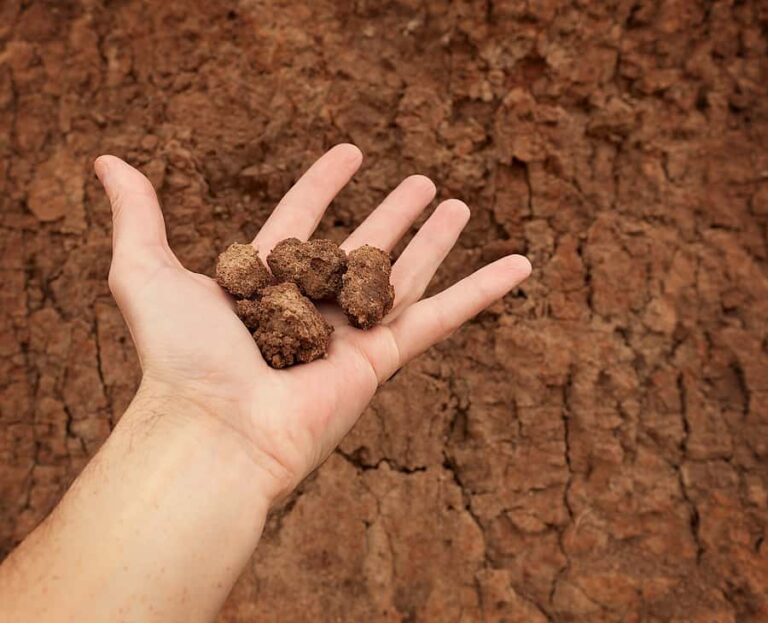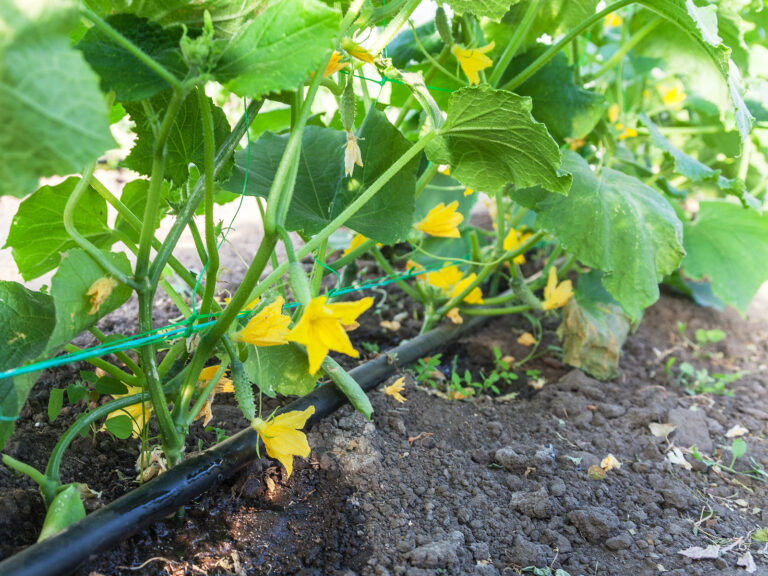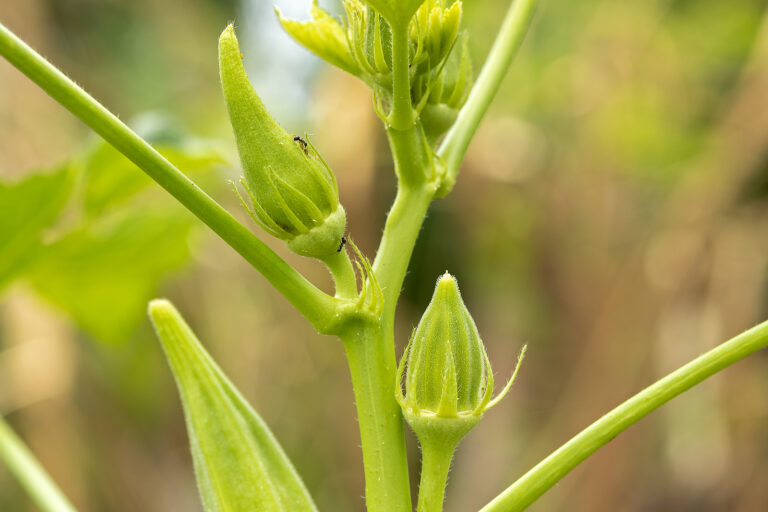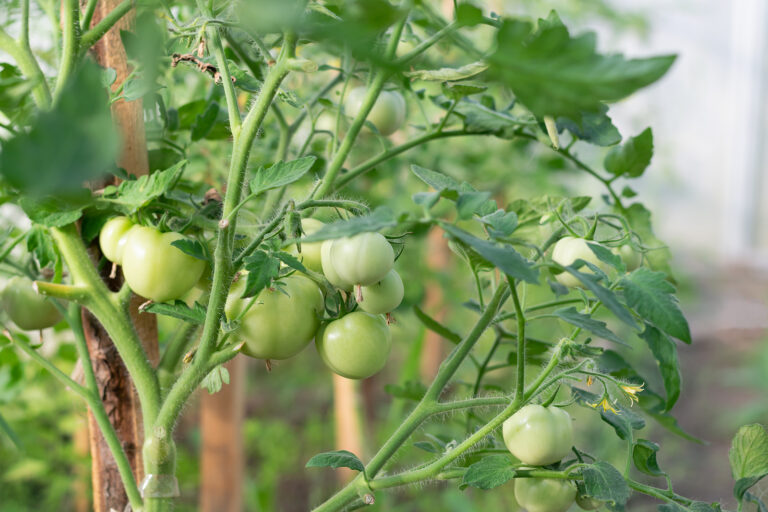Vegetable Garden Season Extension
Vegetable garden season extension is a term used for growing vegetables outside of the natural growing season—that is during winter, early spring, or autumn spring when outdoor temperatures are too cold for most plants. To extend the season, plants must be protected by covers small or large.
When soil and air temperatures fall below minimum temperatures for growing vegetables, you can keep crops growing by artificially extending the season. Season extension simply means protecting plants by keeping soil and air temperatures at or near-optimal temperatures required for growing.
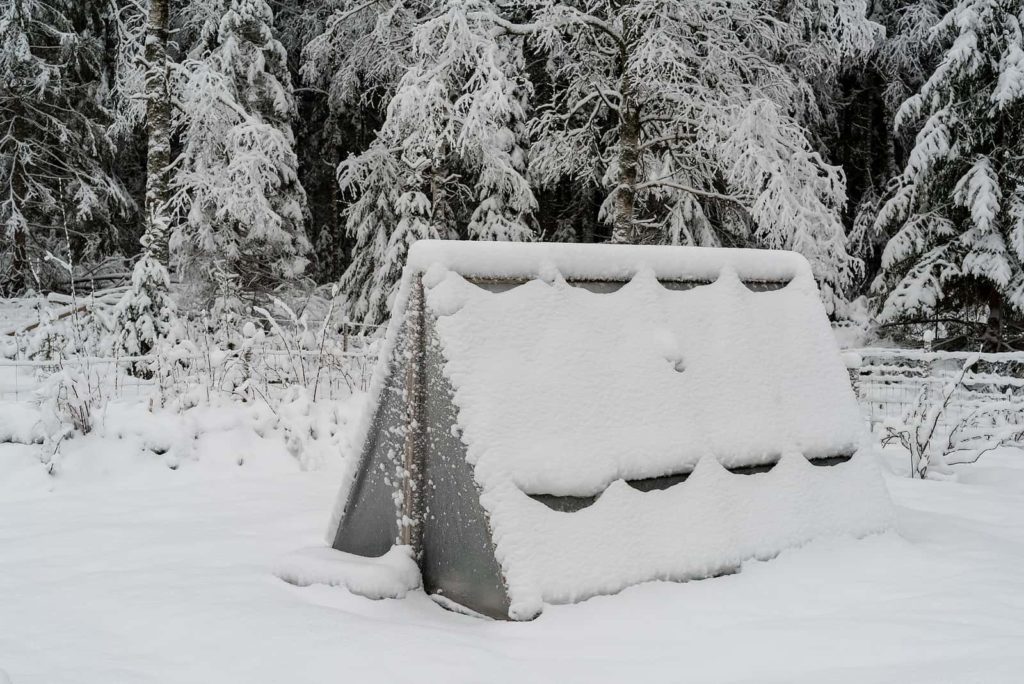
Season extending devices
Season extension can be achieved with cloches, plastic tunnels, and cold frames—none of which require electricity or gas, and hotbeds and greenhouses which do.
Even the least costly forms of plant protection can increase the number of growing days by at least one week but more commonly two to four weeks in both spring and autumn. That is a significant boost—14 days to as many as 60 days total–to the growing season.
Hotbeds and greenhouses which are artificially heated by electricity or gas can insure 352 growing days a year—but the cost may be prohibitive for many home gardeners.

When to use season-extending devices
Season extension is not difficult. Generally, you will be protecting cool-season crops growing early in spring and late in autumn from temperatures that will cause them to suffer—about 40°F/4.4°C and lower.
Match the temperature protection the crop needs to the least expensive solution.
- For a hard frost or extended freeze (a half day or longer—even weeks), protect plants with a plastic tunnel or a portable cold frame or greenhouse.
- For a heavy frost (several hours or overnight temperatures at or slightly below 32°F/0°C), protect plants with a medium to heavyweight row cover or a lightweight row cover doubled over.
- For a light frost (just an hour or two at temperatures between 32°–36°F/0-2°C) protect plants with an overturned cardboard box, a paper bag, or a lightweight row cover.
Related articles:


